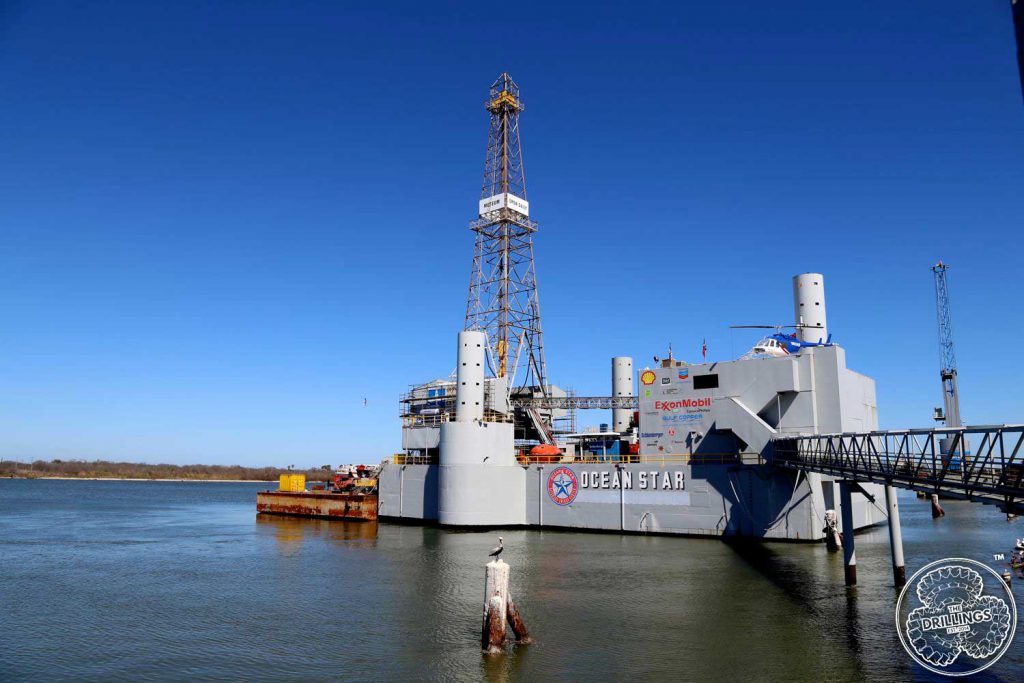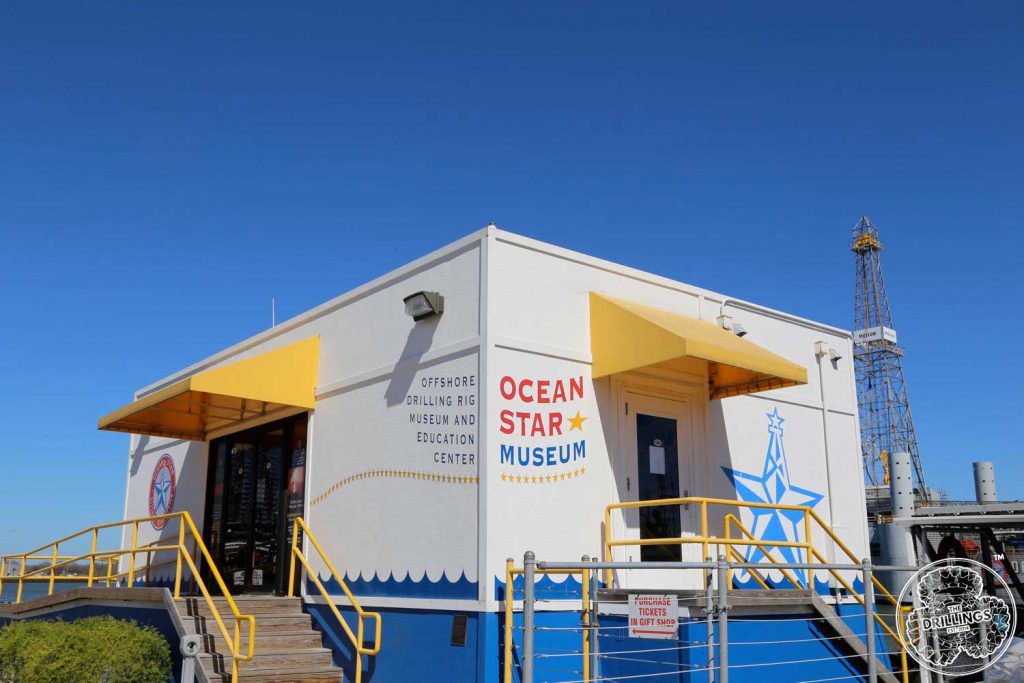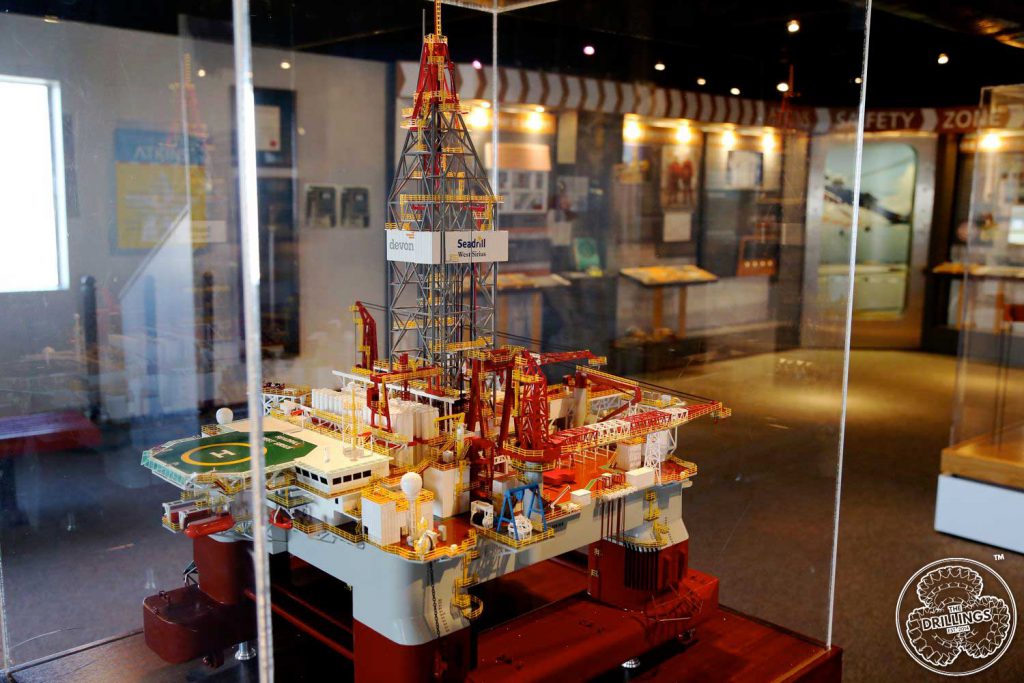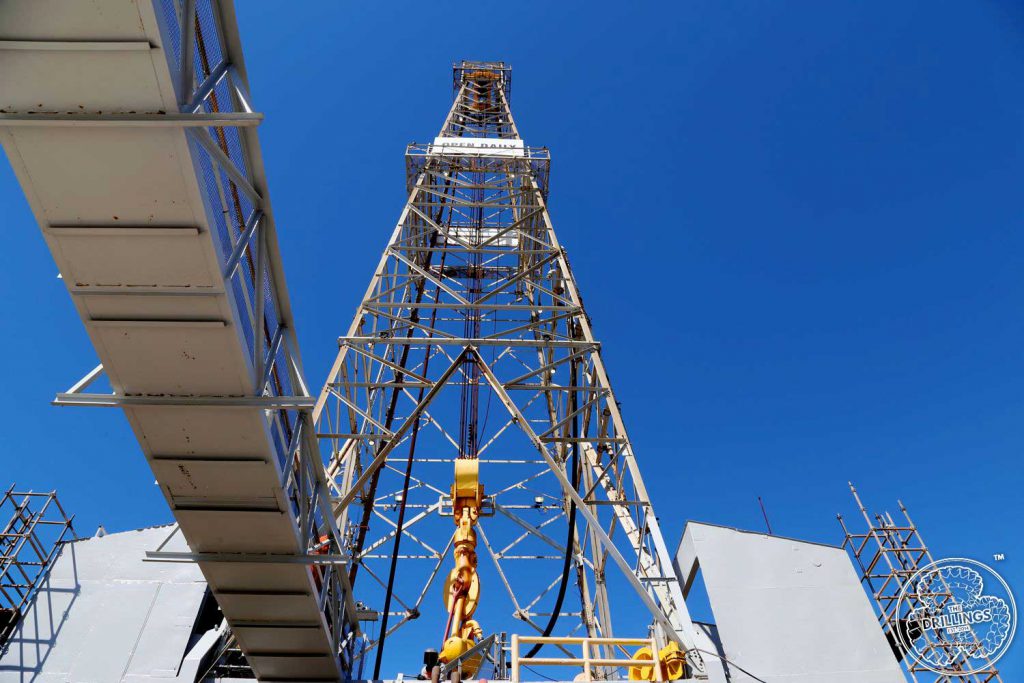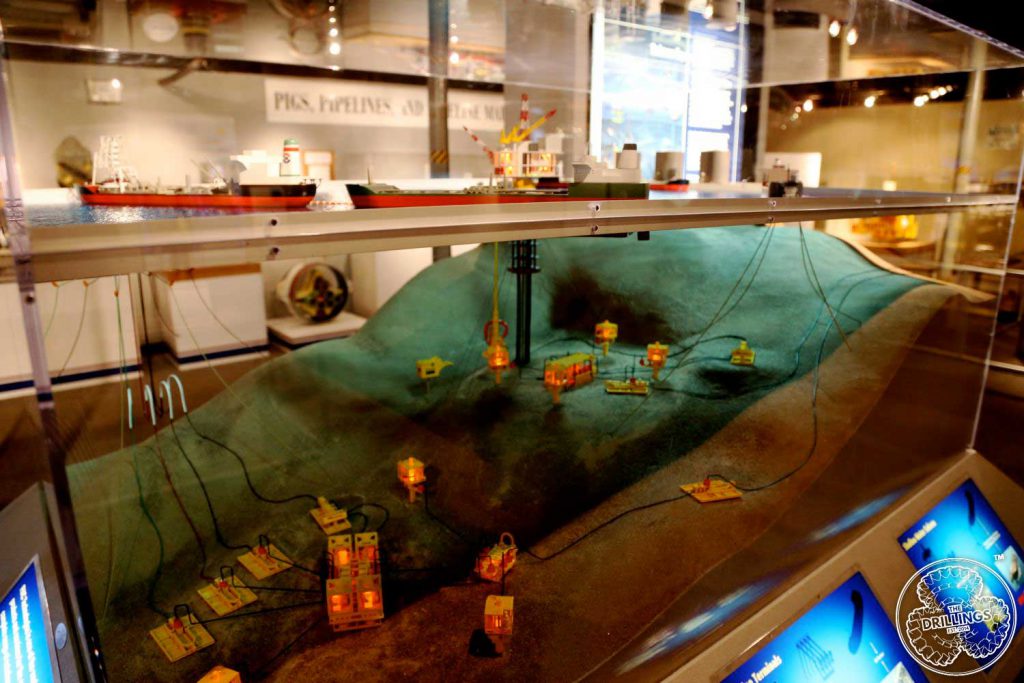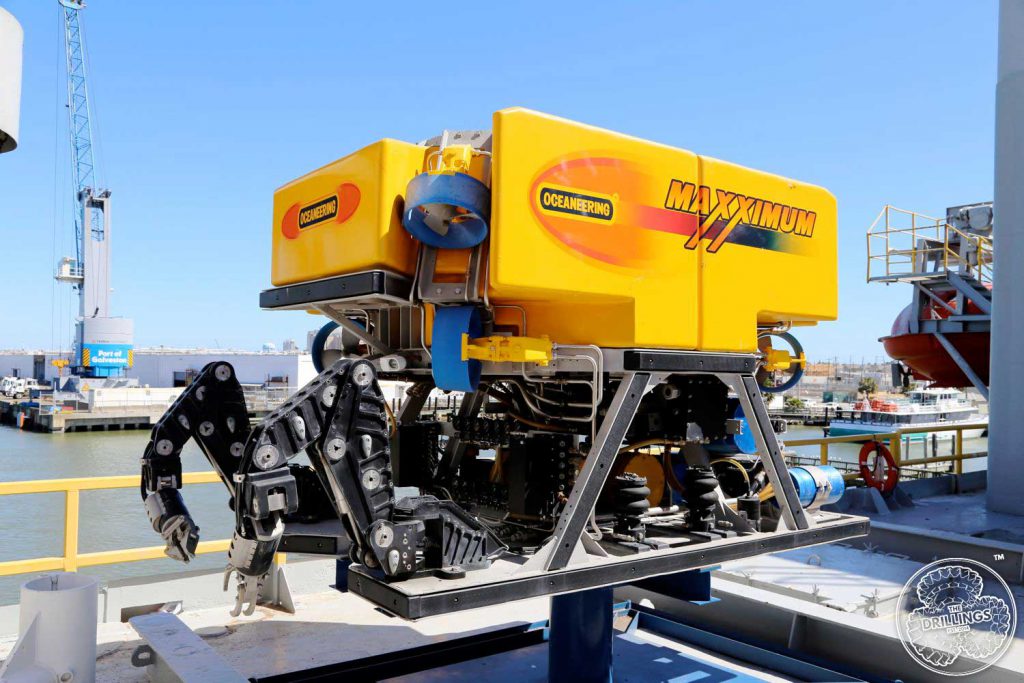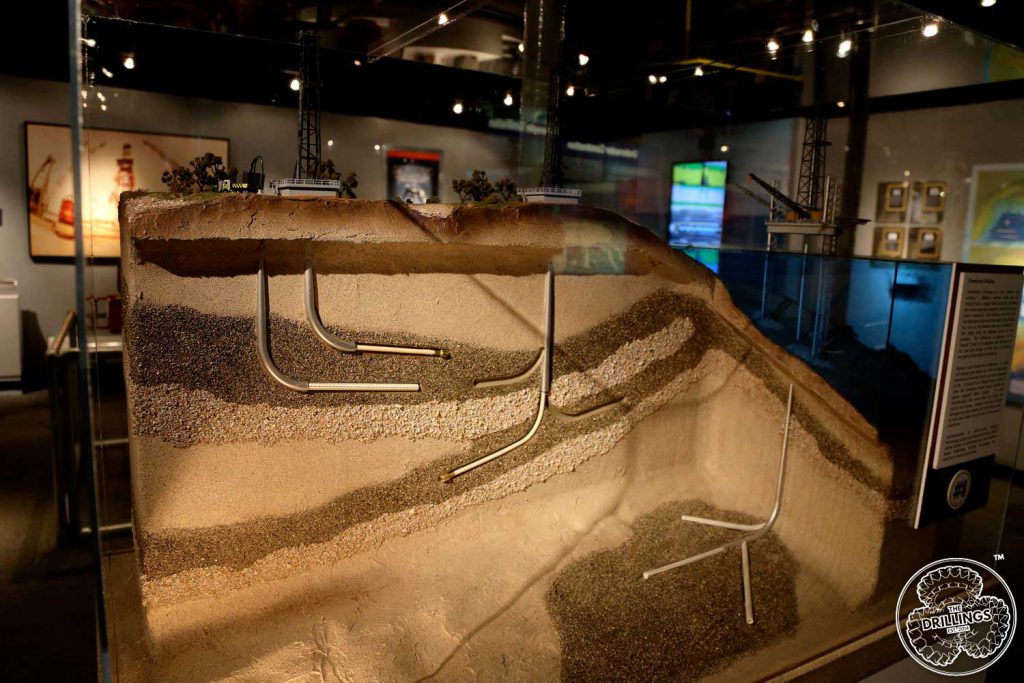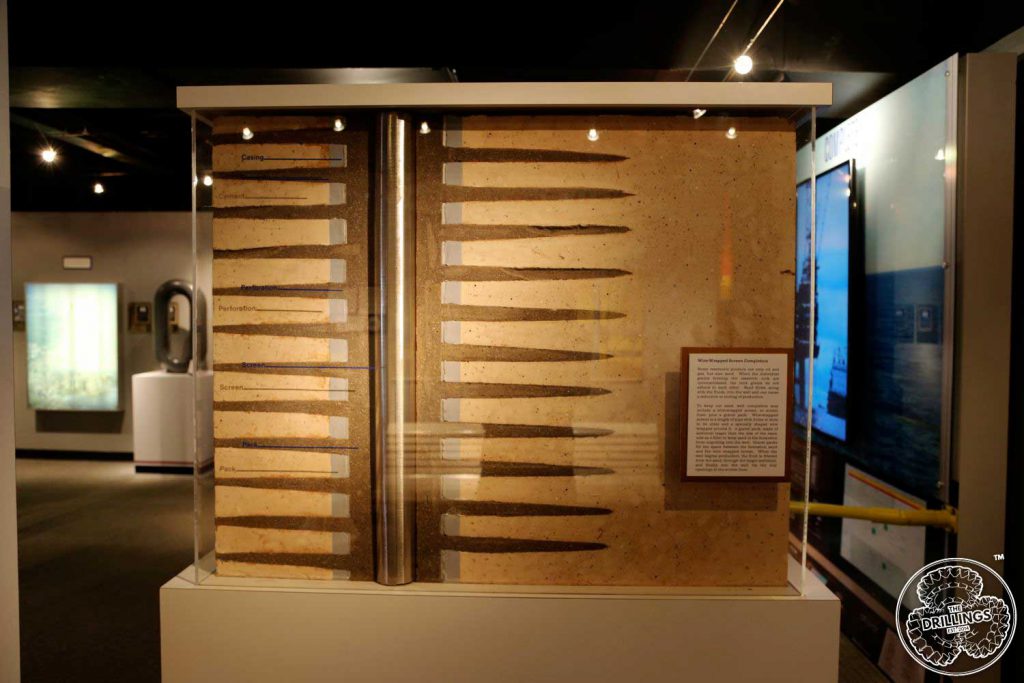Galveston, Texas is host to one of the most unique oil museums in the US. Unlike most landlocked museums, the Ocean Star Offshore Drilling Museum is housed on a retired jackup drilling rig. Visitors to the busy island walk past fishing boats unloading their catch and across a gangway to the Ocean Star Offshore Drilling rig and museum poised in Galveston harbor.
The drilling rig houses three stories of museum displays, as well as being and artifact in its own right. The Ocean Star was constructed in 1969, in the nearby Beaumont, Texas. It had already drilled 200 wells in the Gulf of Mexico before it was converted into a museum, opening on April 27, 1997. Exhibits include an explanation of the offshore drilling discovery, building, production, and retirement–known as the rigs-to-reef project, where rigs are cleaned and sunk to create bases on which ocean life can grow. A walk on the pipe deck of the Ocean Star brings visitors up close and personal with large equipment such as a christmas tree, remotely-operated vehicles, escape pod, and other tools commonly found on an offshore rig. When the skywalk is open, visitors can even walk the drilling floor of the rig and around the poised drill. Be sure to pick up the audio tour to hear more about the displays and even special recorded interviews with professionals.
Offshore oil drilling is big business in the Gulf of Mexico. The oil fields, such as the Eugene Island block 330 oil field, Atlantis Oil Field, and the Tiber oilfield make the gulf one of the United States’ premier oil and gas producing regions. As noted by the Energy Information Administration,
“Gulf of Mexico federal offshore oil production accounts for 17% of total U.S. crude oil production and federal offshore natural gas production in the Gulf accounts for 5% of total U.S. dry production. Over 45% of total U.S. petroleum refining capacity is located along the Gulf coast, as well as 51% of total U.S. natural gas processing plant capacity.
Offshore drilling is no small feat. All the regular challenges of onshore drilling are compounded by a constantly shifting environment. While the ocean has proven to be an extra challenge to oil and gas production, the rich reserves were great enough to establish the first well in 100 feet of water in 1955. As technology has allowed more effective methods of offshore drilling, more-and-more audacious wells have pushed the earlier limitations of depth. By 2009, oil wells greater than 1,000 feet deep accounted for more that 70% of production in the Gulf of Mexico. As technology advances, so to does the map of accessible oil and gas deposits. New drilling rigs continue to be developed, but the Ocean Star will continue as a benchmark of offshore drilling progress.


